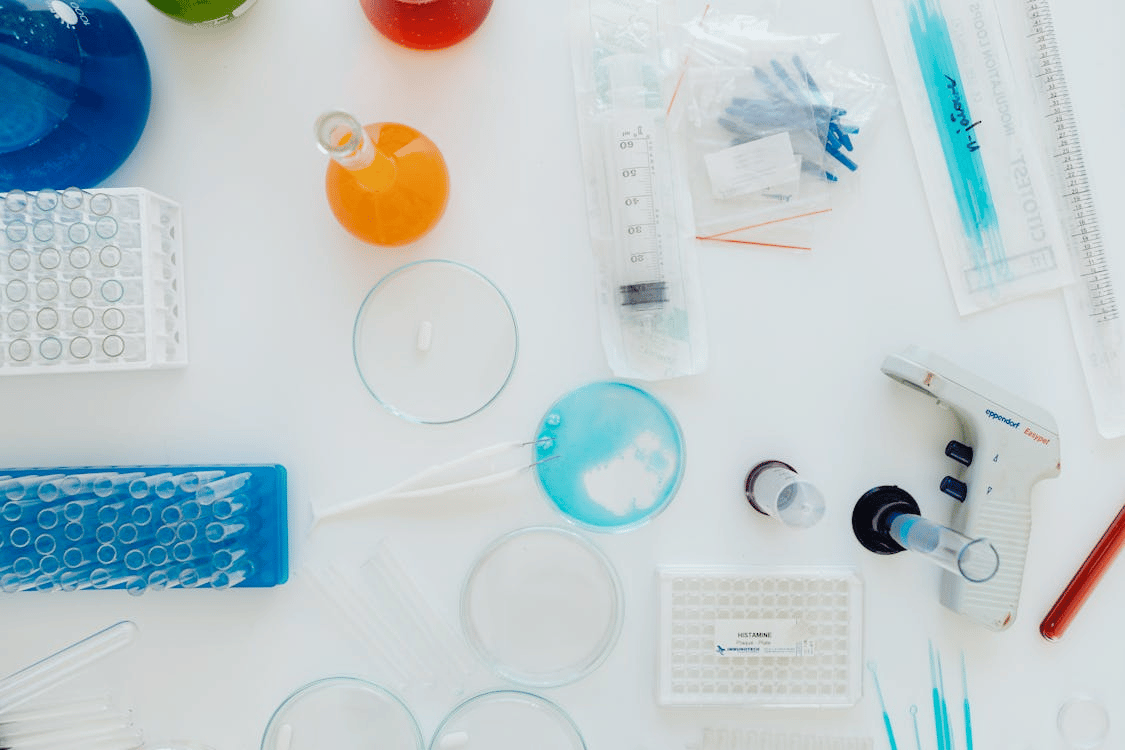- IoT For All
- Posts
- AI is designing the cure backwards
AI is designing the cure backwards
And the week's top AI news!
Hello readers,
Welcome to the AI For All newsletter! Today, we’re talking about how AI is reversing the traditional process of drug development, enabling industrial AI with time-series data, and more!
AI in Action: Designing the cure backwards

Harvard Medical School researchers are rethinking how we find new drugs with help from a powerful AI model called PDGrapher. Instead of the usual approach of testing drugs to see what they do to a diseased cell, PDGrapher asks: “What changes would make this cell healthy again?” The model then works backward to identify genes or combinations of genes that could be promising drug targets.
At the heart of PDGrapher is a type of AI called a graph neural network (GNN). While most machine learning models treat data like rows in a spreadsheet, GNNs are designed to understand relationships. In this case, relationships between genes, proteins, and signaling pathways inside a cell. By modeling how these elements influence each other, PDGrapher can predict which interventions are most likely to reverse disease, even in cases where the exact mechanism isn’t fully understood.
This relational intelligence lets PDGrapher uncover therapeutic combinations that traditional methods might miss. It’s already demonstrated superior speed and accuracy. It’s up to 25 times faster than existing tools, and better at ranking the right drug targets, even when dealing with new datasets or unfamiliar cancer types. In some tests, the model rediscovered known drug targets it hadn’t been trained on and suggested new ones backed by emerging research.
While any new treatments it helps identify are still years from clinical use, PDGrapher is a glimpse into the future of precision medicine. Its ability to map complex disease dynamics could accelerate drug development, especially for rare or hard-to-treat conditions. Eventually, researchers hope to use models like this to generate personalized treatment plans based on an individual’s unique genetic profile, effectively building a road map from diagnosis to cure, with AI as the guide.
🔥 Rapid Fire
OpenAI fuels $1 trillion AI market with web of circular deals
IMF and Bank of England: AI boom risks ‘abrupt’ market correction
Without data centers, GDP growth was 0.1% in the first half of 2025
Deloitte issues refund for error-ridden government report that used AI
Bubble or not, investors continue to spend billions
Jeff Bezos says AI is in an ‘industrial bubble,’ tries to soften the blow
The AI bubble is 17 times the size of the dot-com frenzy, analyst says
AI investors are chasing a big prize. Here’s what can go wrong.
Oracle fears add to doubts about the AI rally
Oracle losing considerable sums on rentals of NVIDIA chips
AI chipmaker Cerebras withdraws IPO
Commentary: Is NVIDIA overvalued?
Magnificent Seven surpass EU GDP. Is this a tech bubble warning?
European small businesses rush into AI without basic digital tools
OpenAI claims it didn’t expect Sora copyright drama somehow
As schools allow AI, more students are using it as a friend
Recruiters use AI to scan resumes, applicants try to trick it
Insurers balk at paying out huge settlements for claims against AI firms
📖 What We’re Reading
“In Austria, a Tier-1 automotive supplier specializing in aluminum high-pressure die-casting set out to modernize its production environment. With 33 die-casting machines operating around the clock, the company faced challenges in maintaining consistent quality, minimizing downtime, and ensuring that hard-earned process knowledge could be passed on efficiently. To address these issues, a collaborative research initiative was launched, combining industrial expertise with advanced data technologies. The project’s foundation was built on time-series data management, knowledge graphs, and real-time analytics.”
